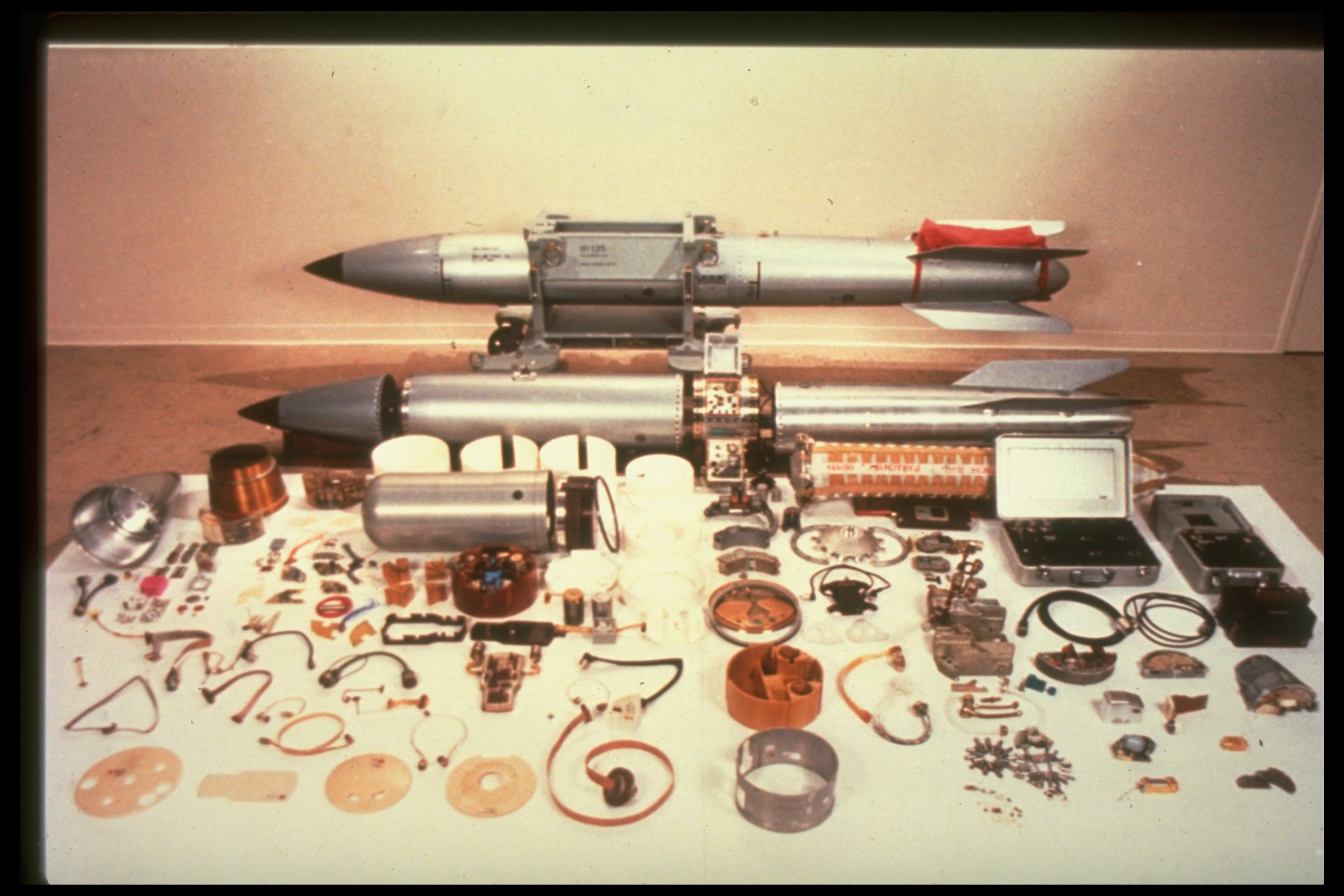
The last thing you hear when leaving the dealership behind the wheel of your new car is the salesperson. She’s reminding you to bring it back to the dealership for repairs to ensure the proper spare parts are used to keep it running like new.
You’d think the folks in charge of keeping the nation’s nuclear arsenal healthy would take the same approach. But they don’t.
That’s because the “configuration management” (CM) requirements — an “exact list, by version, of the drawings, specifications, engineering authorizations, manufacturing records and any other essential documents used in the development and qualification of a nuclear-weapon system or component” — haven’t been met, according to a new report from the Department of Energy (DOE) inspector general’s office.
The National Nuclear Security Administration (NNSA) counts on those records to ensure its nuclear-warhead blueprints, and resulting upgrades, are correct. The failure to keep them that way has led to faulty parts being installed into the nation’s nuclear weapons. Compounding the problem is the fact that the nation’s nuclear-weapons blueprints are, well, falling apart. NNSA is the part of the DOE that oversees the nation’s nuclear stockpile.
“I’m pretty surprised,” Stephen Schwartz, a nuclear-weapons expert at the James Martin Center for Nonproliferation Studies in Monterey, Calif., said on Monday. “I would have thought that the people responsible for designing, building and maintaining our nuclear weapons would keep scrupulous records of what they did.”
Apparently, not so much.
“Our review … identified instances in which NNSA had not maintained accurate and complete CM information for its nuclear weapons and components,” the DOE inspector general says in a new report. “We also identified additional concerns with the use of nuclear-weapons parts and components that did not conform to specifications … sites did not always ensure that parts that did not conform to specifications were actually fit for use in a nuclear weapon.” Such actions “could negatively impact the reliability and safety of U.S. nuclear weapons.”
NNSA has acknowledged the inspector general’s concerns and has “proposed and initiated corrective actions are responsive to our findings and recommendations,” the inspector general said.
A big part of the problem is that the U.S. hasn’t built a new nuclear weapon since 1990. That’s pushing the nation to upgrade many existing ones, something that wasn’t generally considered when the weapons were built. It’s vital to have data on how those weapons were assembled, so their thousands of parts can be safely removed and upgraded. That’s also difficult to do when the blueprints are disintegrating.
“Irreplaceable nuclear-weapons CM information is degrading,” the inspector general said. “Specifically, film media and microfiche are being lost due to degradation, and radiographs are beginning to stick together, causing extensive damage and making the data unrecoverable.”
Many of the details are classified, but the issue is of sufficient concern that the inspector general’s office said it has received “multiple allegations” of improper record keeping when it comes to U.S. nuclear arms. In one case, a nuclear-weapons lab opted to use a nuclear-weapon part that didn’t meet required specifications, a shortcoming discovered only when a part in a second batch failed. Had the part in the second batch not failed, the first batch would likely have been installed on the W76-1, “resulting in a reliability concern for a component with nuclear-safety features.”
The Navy had to return 11 of 23 W76-1 nuclear warheads to NNSA because of wiring damaged by the use of commercial off-the-shelf parts in the warhead’s remanufacturing. “The W76-1 weapons were returned due to the discovery of dielectric material missing from a detonator-cable assembly,” the inspector general says. “Dielectric material acts as a nonconductor to a direct electric current and is used to help ensure that an electrostatic discharge does not accidentally set off the main charge of the weapon.”
The W76 is the warhead atop the missiles carried by the Navy’s Trident submarines. With a yield of 100 kilotons, it is seven times as powerful as the bomb dropped on Hiroshima in 1945.
Keeping the nation’s nuclear arsenal in shape has become more difficult as the companies and people who originally built it disappear. “Not having a fully implemented supplier quality-management program,” the inspector general warned, “can have devastating impacts on the reliability and safety of our nuclear weapons.”
Schwartz concurs. “This could have significant consequences,” he says. “This isn’t a one-off problem affecting one particular class of warheads — it looks like it’s affecting quite a lot of them.”
More Must-Reads from TIME
- L.A. Fires Show Reality of 1.5°C of Warming
- Behind the Scenes of The White Lotus Season Three
- How Trump 2.0 Is Already Sowing Confusion
- Bad Bunny On Heartbreak and New Album
- How to Get Better at Doing Things Alone
- We’re Lucky to Have Been Alive in the Age of David Lynch
- The Motivational Trick That Makes You Exercise Harder
- Column: All Those Presidential Pardons Give Mercy a Bad Name
Contact us at letters@time.com